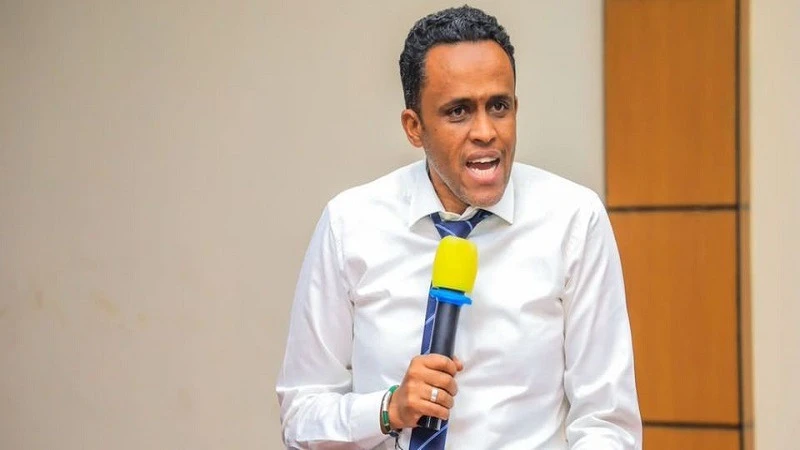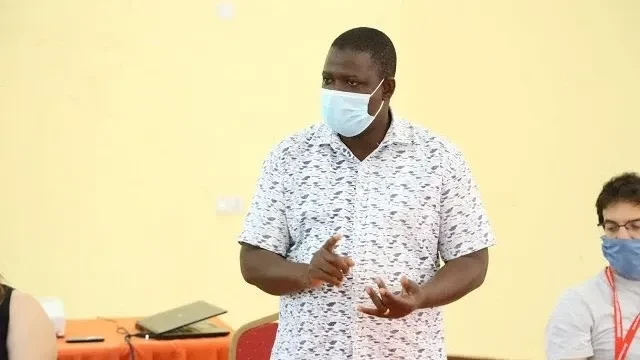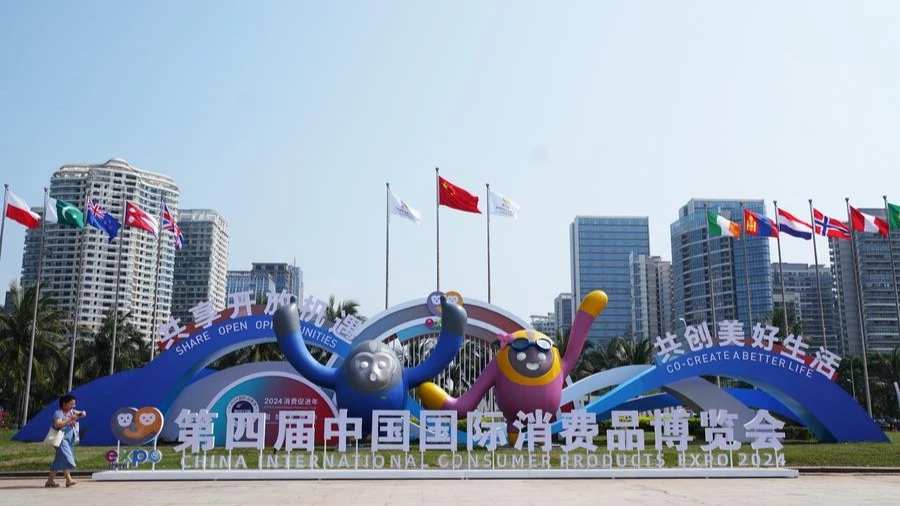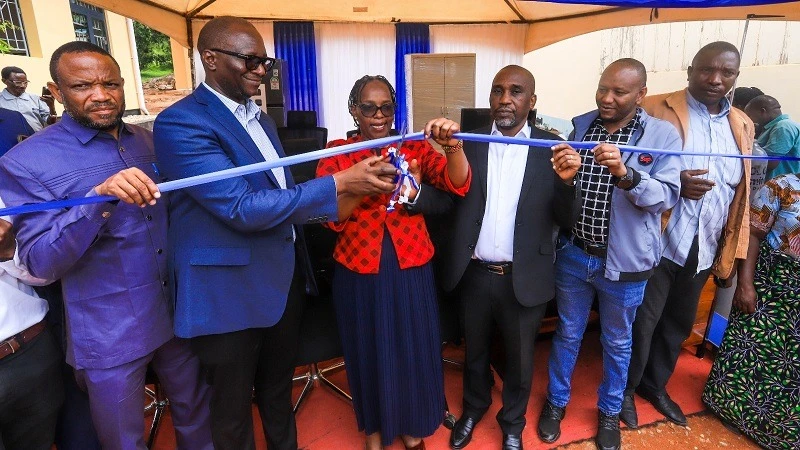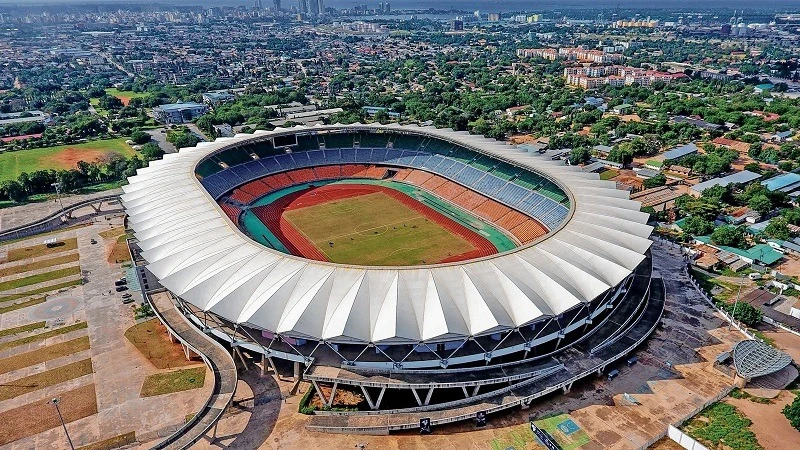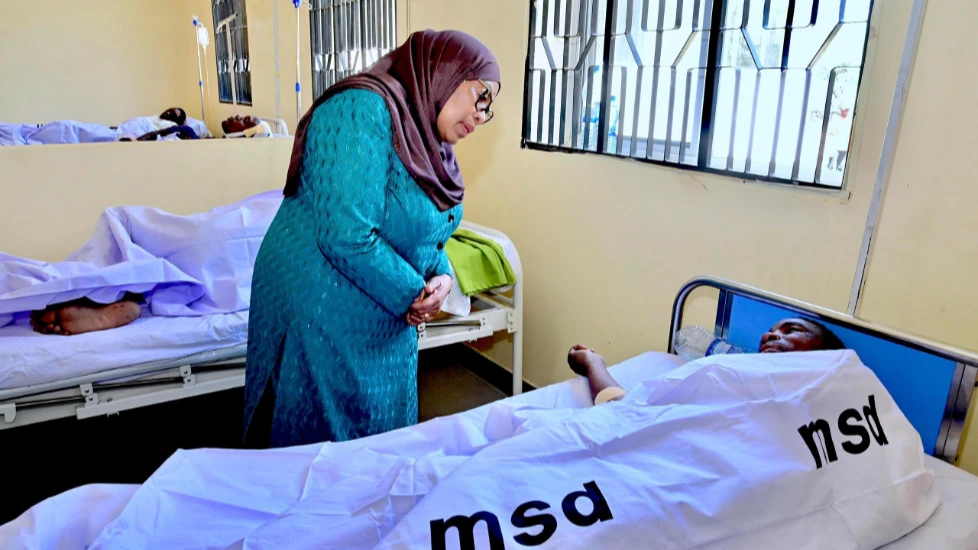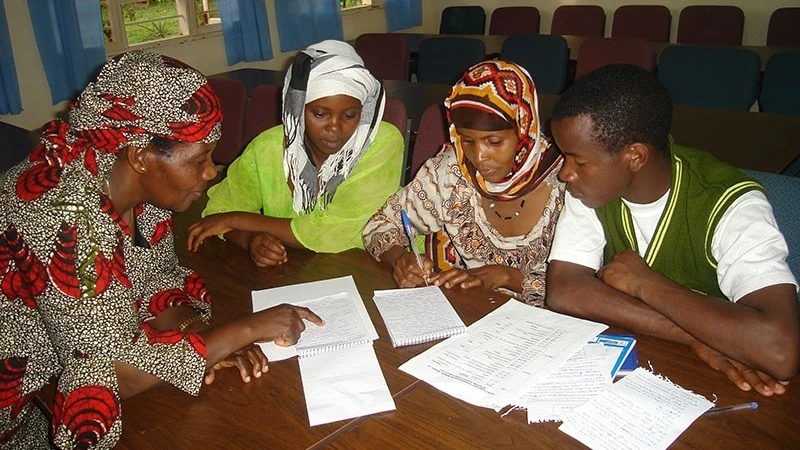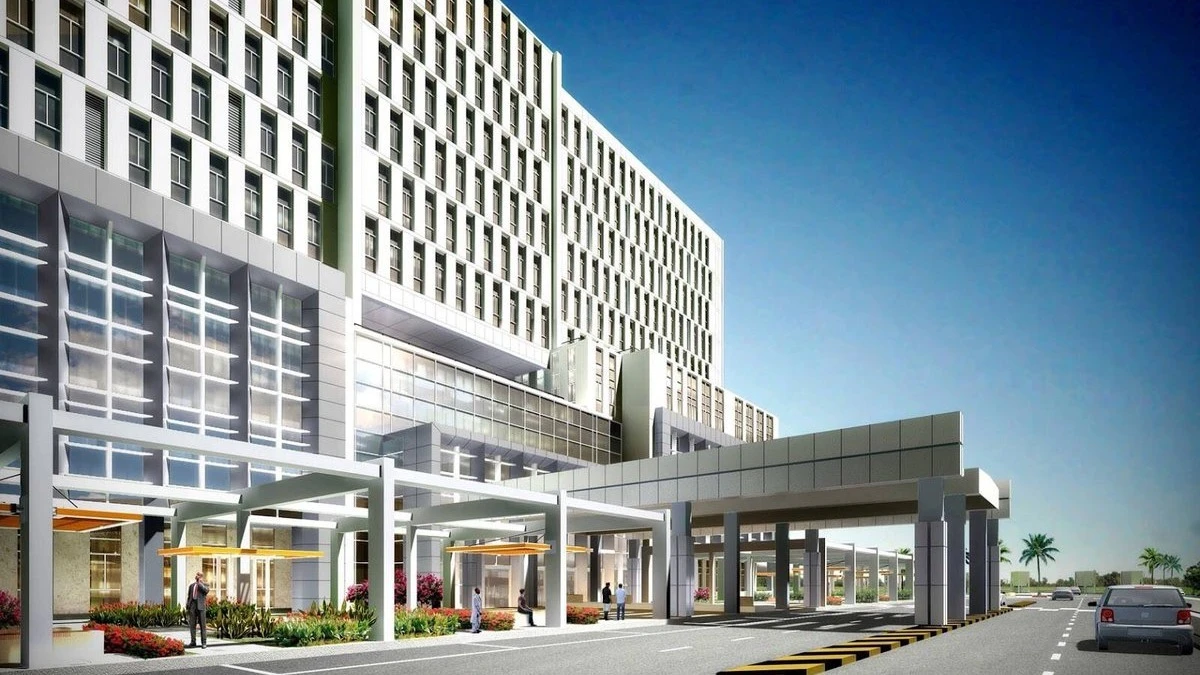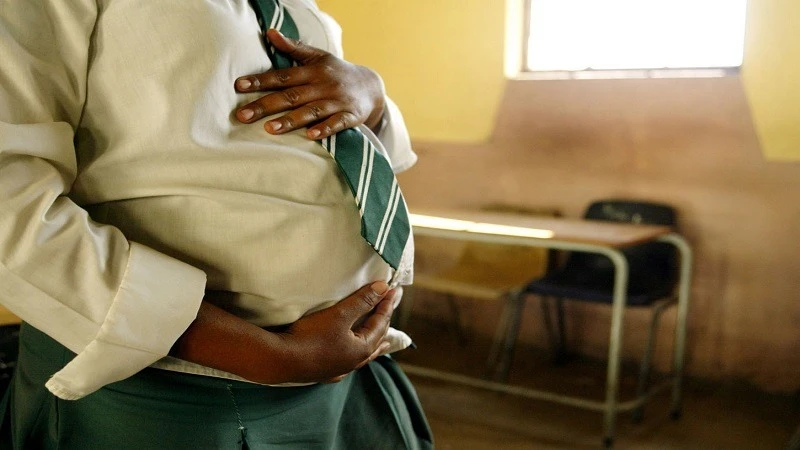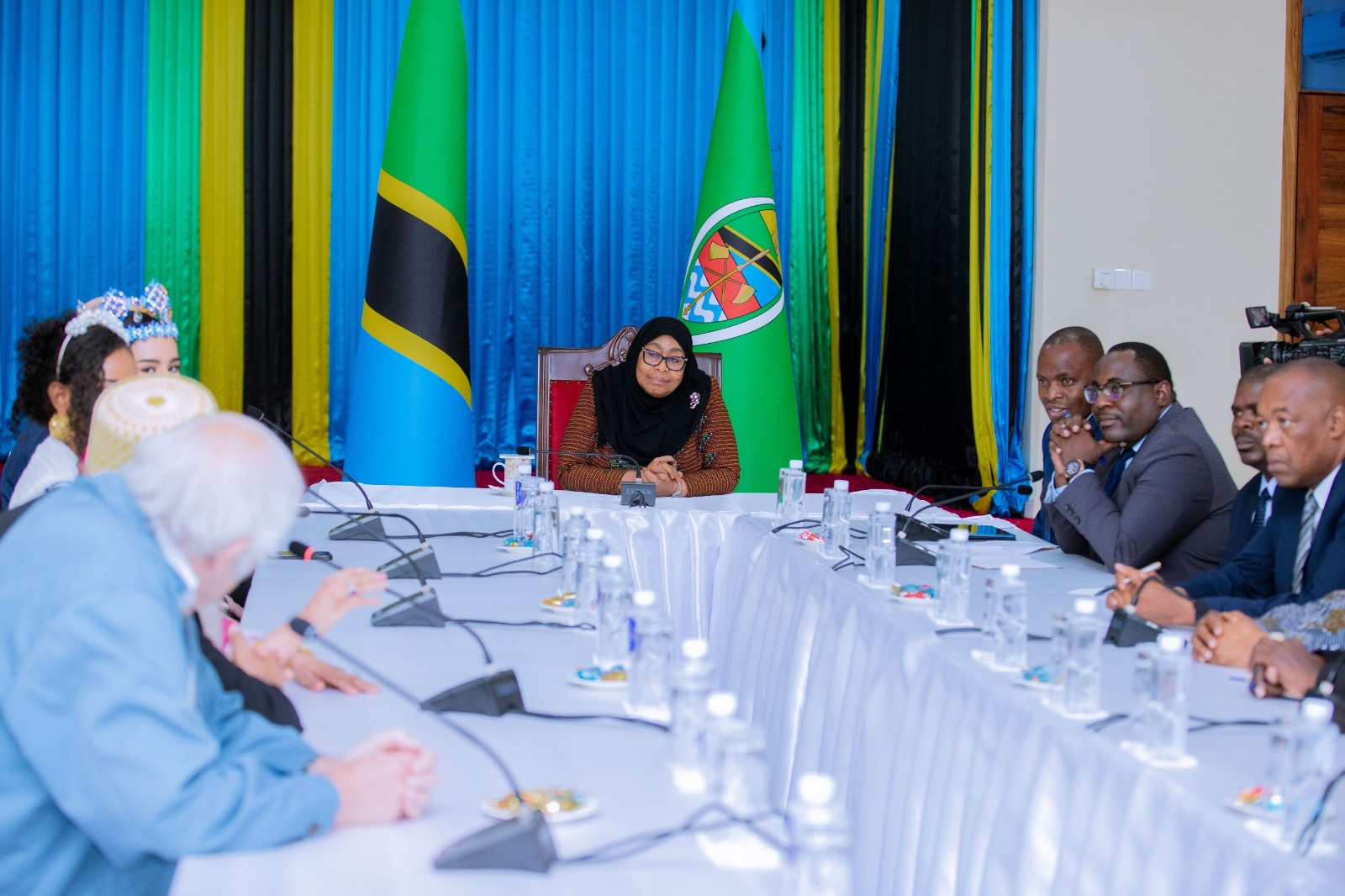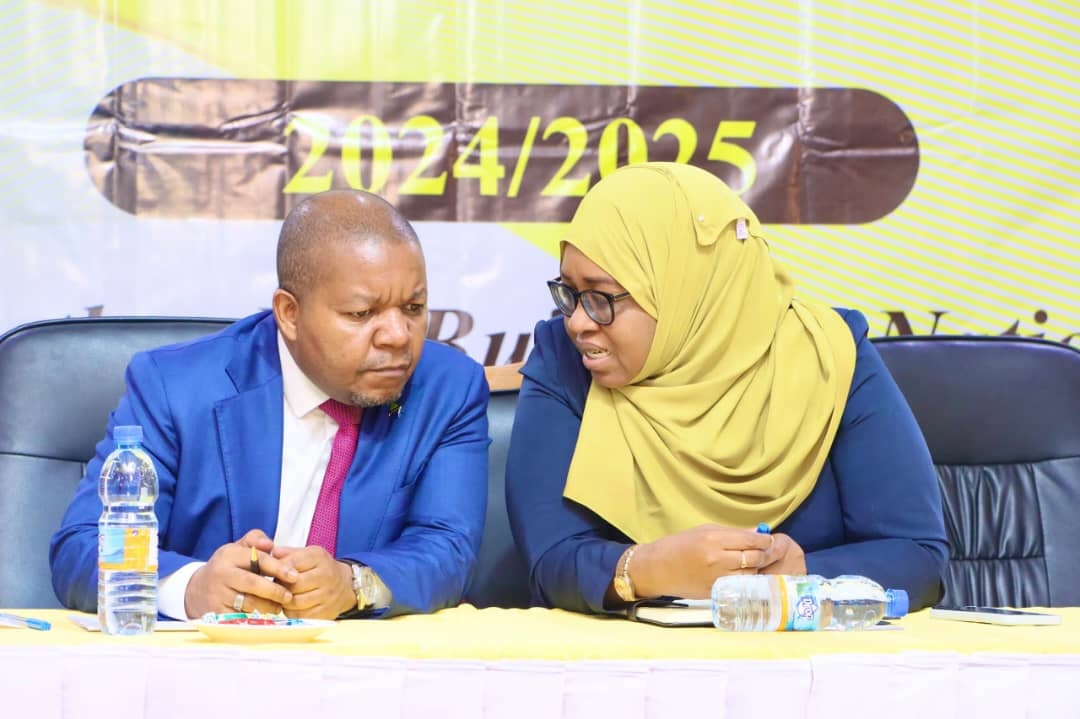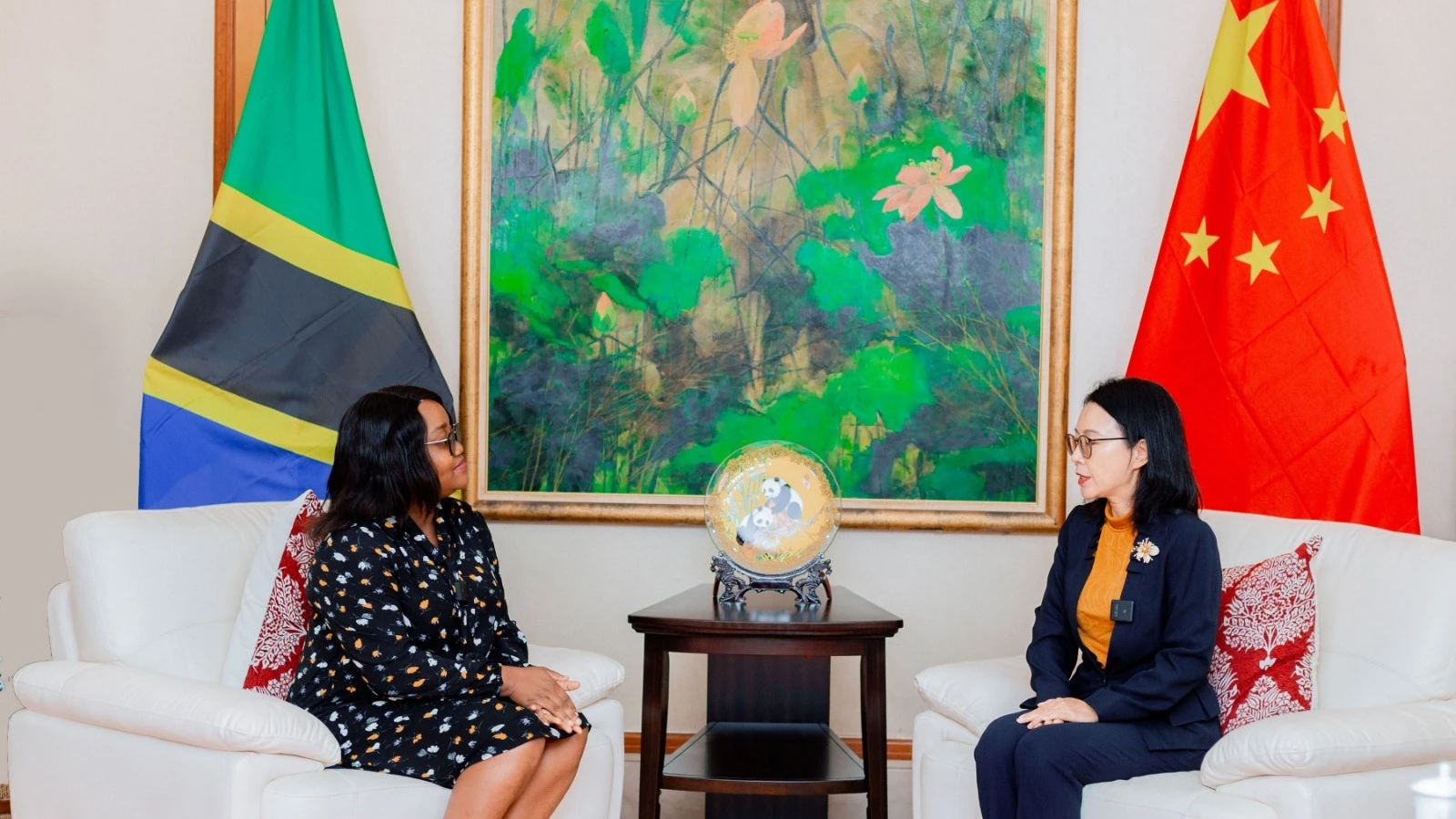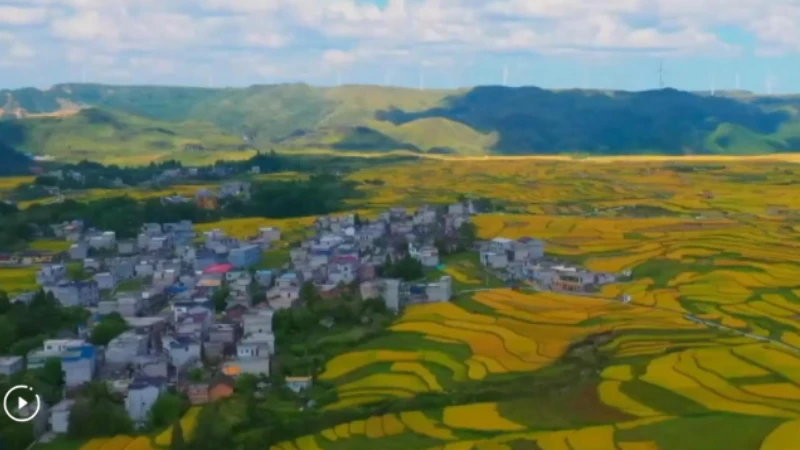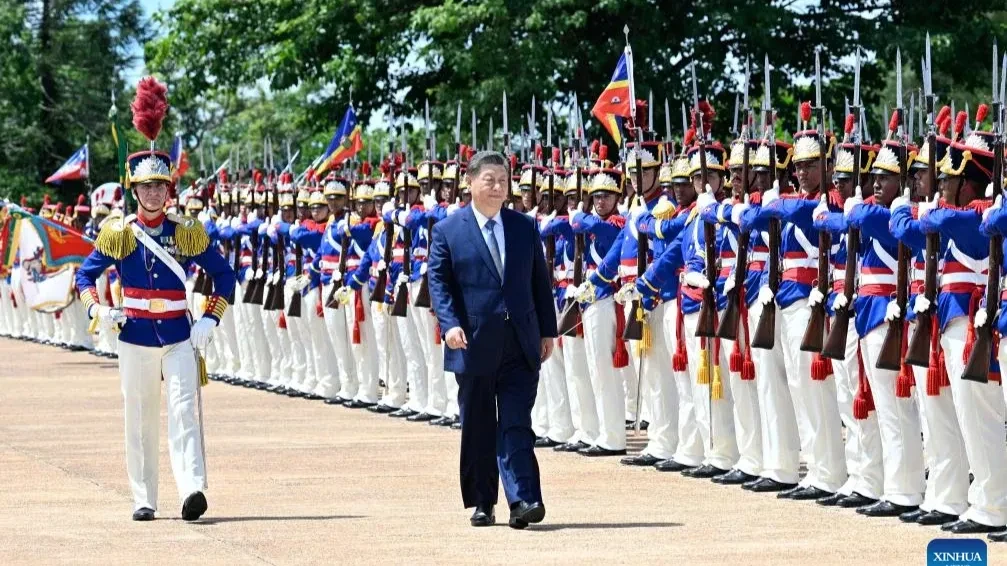‘Maternal deaths drop by 78pc in four years’
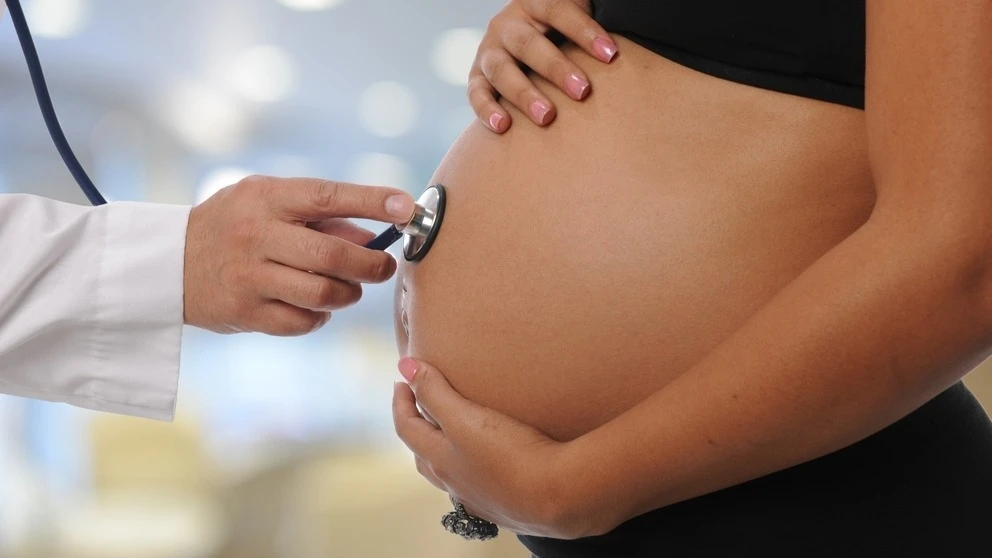
ARUSHA Region has recorded a remarkable 78 percent reduction in maternal deaths from 2021 to 2025, dropping from 50 to 11 deaths on average each year regional authorities affirm.
Kenani Kihongosi, the regional commissioner, said at a press conference here yesterday, that mortality among children under five declined significantly by 86.4 percent, from 859 deaths in 2021 to 117 already registered deaths this year.
Explaining this change from sustained government investments in health infrastructure and services , he said that the government had allocated a total of 94.2bn/- for health sector needs in the region during the period.
Upwards of 57.07bn/- was spent on building and upgrading health facilities, while 26bn/- was spent on procuring medicines, medical equipment and supplies., he said, noting that health facilities rose from 249 to 350, with eight new hospitals, eight health centers and 38 new dispensaries.
Modern diagnostic machines such as CT scans, ECHO, ECG and mammography units were installed at the Mount Meru regional referral hospital, with 152,332 patients receiving care locally instead of travelling for such services, he stated.
The health workforce increased by 66 percent, with 1,403 new employees joining, making 3,542 employees in total, just as housing for health workers also improved.
There are 105 new staff houses, a 33 percent increase, while the region now operates 14 emergency patient vehicles (ambulances) and other vehicles supporting health services, he said.
In education, 267bn/- was invested to improve infrastructure and implement free education policies, while the region built 27 secondary and seven primary schools, with 843 classrooms, 60 dormitories, 78 science laboratories and 940 toilets. It also added to the number of libraries, IT buildings, administrative offices and teacher houses, he further noted.
School enrolment increased from 390,910 pupils in 2021 to 430,511 early 2025, while pre-school attendance improved as classrooms rose from 802 to 853 while teachers stood at 1,459 earlier and now reach 1,891.
Special needs education saw substantial growth with pupils increasing from 1,545 to 2,835 while schools offering such facilities r[se from 38 to 149. Girls’ education benefited from new boarding schools such as Samia Girls in Longido and Arusha Girls High School, he said.
Water supply projects received 686.9bn/- split between the urban water authority AUWSA and rural water agency RUWASA. Urban water coverage rose dramatically from 54.4 percent in 2021 to 99 percent in 2025, while daily availability doubled from 11 to 22 hours, he said.
Rural water supply improved from 69.4 percent in 2020 to 77.3 percent in 2025, with 72 projects completed, benefiting 351 villages.
Infrastructure developments for roads attracted 638.9bn/- during the period, with Tamroads receiving 575.7bn/- to maintain and upgrade 1,493.12 km of roads, including 479.88 km of paved roads, he stated.
The number of culverts increased from 870 to 1,650 and bridges from 90 to 144. Key road construction projects are ongoing, including highways linking Arusha to neighboring regions, he further noted.
TARURA, managing rural and urban local roads, received 63.3bn/- for road, bridge construction and rehabilitation, with urban road upgrades in Arusha City set at over 10 kilometers of paved roads and installation of 495 street lights.
In the energy sector, the region received 117.7bn/-, with Tanesco and the Rural Electrification Agency (REA) connecting all 368 villages in the region to electricity, serving over 306,000 customers.
Agriculture, where 75 percent of the residents rely upon for farming and livestock, received 85.2bn/- for crop production and 1.5bn/- for livestock projects.
Irrigation infrastructure at Lake Eyasi basin, covering upwards of 5,000 hectares, will benefit 3,000 farmers when completed, as food crop production has already increased by 19 percent from 450,015 to 536,581 tons.
Economic empowerment efforts led to an increase in women, youth and disability groups accessing low-interest loans, elevated from 721 groups in 2021 to 1,380 this year. Loan amounts disbursed rose from 3.08bn/- to 13.55bn/-, hence enabling numerous business start-ups.
Local revenue collection soared by 318 percent from 34.6bn/ in 2020/21 to 110.1bn/- in 2024/25, facilitating expanded local development projects funded from internally generated revenue, he said.
The region also received 465.39bn/- from the public coffers for various projects, including improvements in vocational training institutions and technical colleges.
Significant investments were made in tourism and transport infrastructure, with 103bn/- allocated to upgrade Kisongo and Manyara airfields, improving passenger facilities and expanding capacity.
Additionally, 25bn/- was invested in constructing a modern geological museum at the Ngorongoro Lengai UNESCO Global Geopark, the RC added.
Top Headlines
© 2025 IPPMEDIA.COM. ALL RIGHTS RESERVED


